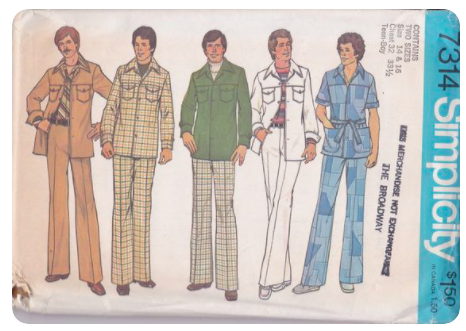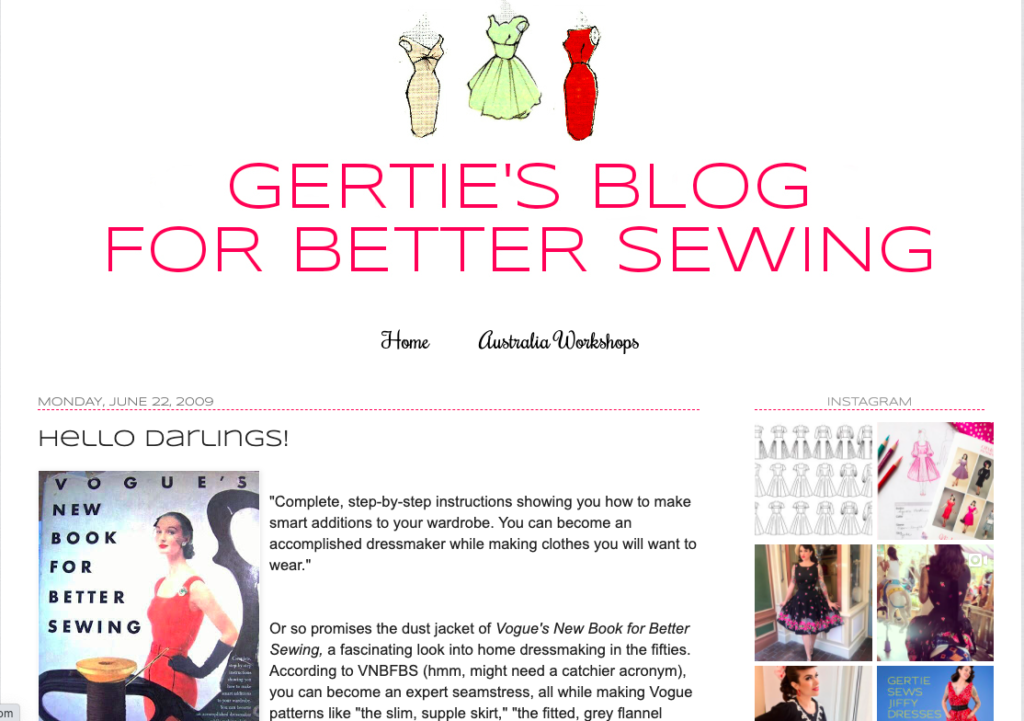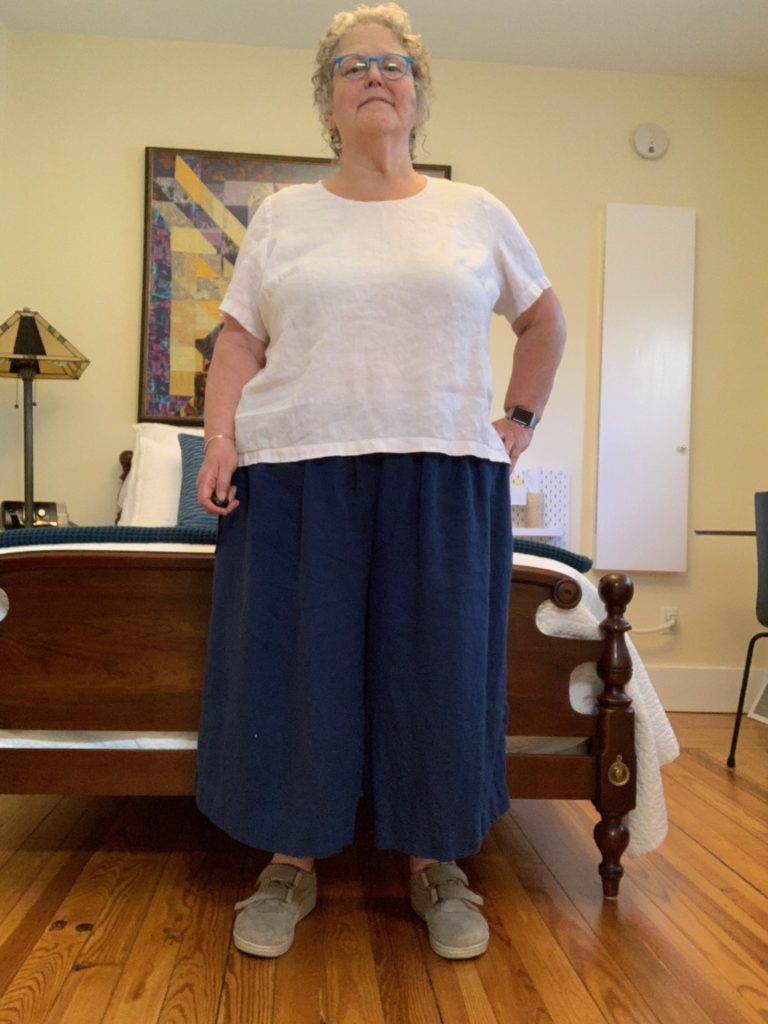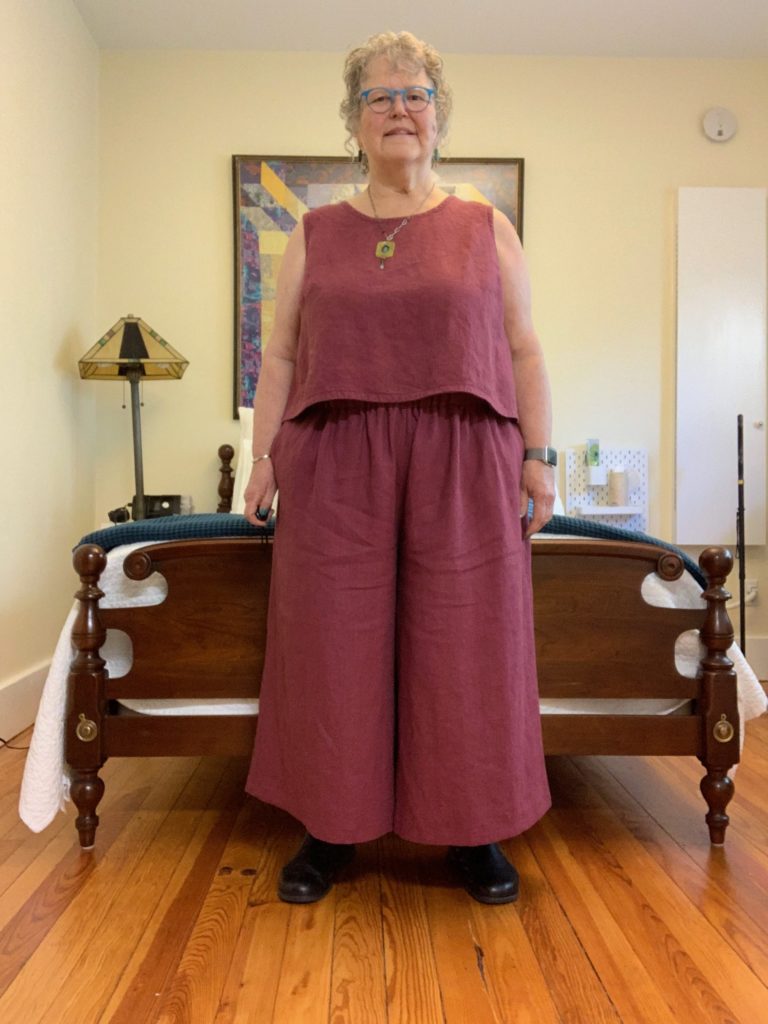Make Nine is a popular activity in the Instagram sewing community. I really didn’t know it’s origins until searching around IG for this post. According to Instagram, @makeninechallenge was established in 2015 and is hosted by Rochelle @homerowfiberco and Paula @onehtl1ama. Rochelle wrote a blog post about it. There are already almost 6000 IG posts with the hashtag #makenine2021. I don’t know Rochelle or Paula, but I’m really grateful to them because their challenge helped me to focus my sewing and finally start to fill my closet.
My first Make Nine Spring 2019
My first Make Nine was in Spring 2019. I had great plans and I had fun doing what I call “sewing in my head”. But I only finished one or two of the garments.

My Fall 2019 Make Nine
I kept falling for the next new pattern. I couldn’t stay focused. I made another plan for Fall 2019 and made four of the nine. That made a total of six garments sewn in a year. I’m on a permanent RTW fast. That pace just won’t do.

2020
Like. many of us in the sewing community, I didn’t get much sewing done after the pandemic hit. And because I wasn’t going anywhere, it wasn’t really important that I make new clothes.
Finally at the beginning of winter 2020 my sewjo returned and I made another Make Nine plan . By the end of January 2021, I had made six different patterns and muslined the seventh. Wow! A few of the patterns were not in my plan and also don’t fit into my wardrobe very well.
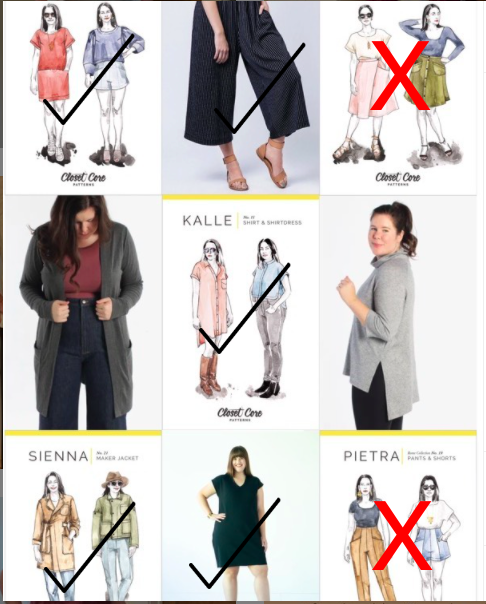
My Make Nine has now expanded to a Make Twenty!
All of this sewing progress gave me inspiration to really get organized. For me nine garments never made a wardrobe so I decided to expand. I decided I needed five categories of patterns:
- Layers
- Woven Tops
- Knit Tops
- Bottoms
- Miscellaneous
As I added patterns to my plan, I began to establish the criteria a pattern needed to meet to make the cut. Patterns completed and loved in previous Make Nines I spent the month of April identifying 20 patterns in 5 categories that:
- I love.
- Are hackable.
- My measurements are in the MIDDLE of the size chart.

Here’s my list of patterns:
LAYERS:
- Sienna Maker’s Jacket
- Pona Jacket
- Blackwood Cardigan
- Fuller Cardigan
WOVEN TOPS
- Cielo Top & Dress
- Kalle Shirt & Shirtdress
- Ashton Top (and sleeve expansion)
- Waikerie Shirt & Dress
KNIT TOPS
- Tarlee T-Shirt
- Elliot Sweater & Tee
- Vogue 9057 (now reissued as 1733)
- LB Pullover
BOTTOMS
- Glebe Pants
- Peppermint Pocket Skirt
- Belmont Leggings
- Ninni Culottes
OTHER
- Kapunda Undies
- Sorento Bucket Hat
- Mahogany Turban
- Zadie Jumpsuit

